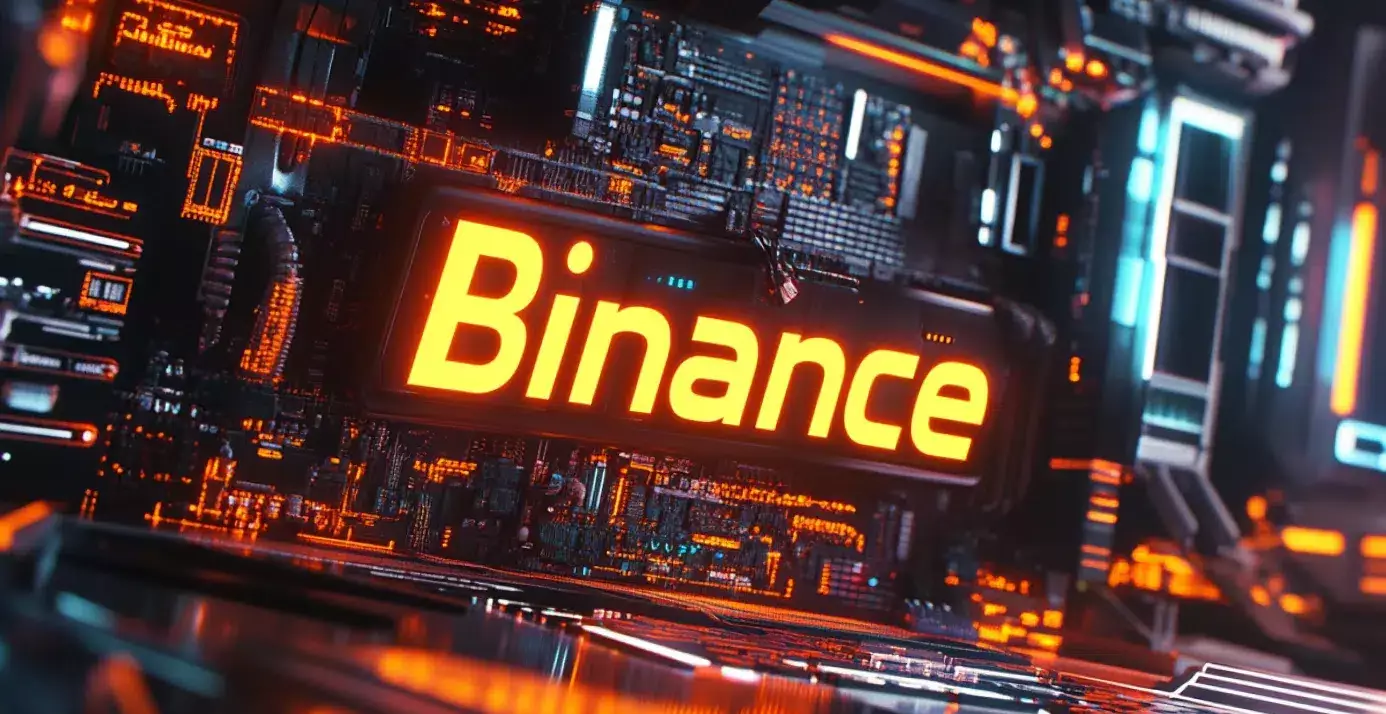In a bold yet potentially misguided move, Binance has introduced its “Vote to Delist” feature, allowing verified users to play a role in determining which cryptocurrencies remain on the platform. While this initiative appears to foster a sense of community empowerment, it is fraught with pitfalls that could undermine the integrity of the cryptocurrency market. By handing the reins to a select group of users, Binance risks creating an oligarchy where decisions may be swayed by a few influential voices rather than genuine community sentiment.
Are Users Truly Informed Enough?
One of the most glaring issues with this new feature is the assumption that every voter possesses the requisite knowledge to make educated decisions about complex cryptocurrencies. With tokens often buried under layers of jargon and nuanced technological details, the average user may struggle to comprehend which projects genuinely deserve a spot on the exchange. The system as it stands places too much faith in the crowd’s ability to discern the good from the bad, risking hasty decisions driven by trends or misinformation rather than solid fundamentals.
The Dangers of Token Instability
Introducing a voting mechanism for delisting can propagate volatility in an already erratic market. By allowing users to vote, Binance might inadvertently create a chaotic environment where fear-driven trades could lead to unjust delistings. The lack of sufficient criteria beyond community votes means that the fate of tokens could be decided based on transient emotions rather than substantive evaluations. Moreover, some cryptocurrencies could find themselves facing unjust culling simply because they were unpopular, despite having intrinsic value.
Trading Volume vs. Project Potential
Binance’s new governance structure emphasizes trading volume and team commitment, but these metrics can be misrepresentative. A token may not be high in volume due to its nascent stage, yet it could be a game-changing innovation in the long term. By prioritizing short-term financial indicators over long-term potential, Binance might be dismissing transformative technologies. Furthermore, by listing tokens that have gained community favor but lack solid backing, the exchange may contribute to a bubble mentality—one in which survivability hinges on fleeting popularity rather than real-world utility.
The Broader Market Context
The implementation of the “Vote to Delist” feature arrives during a tumultuous time for the cryptocurrency market. Currently grappling with declines in major assets, Binance’s move could exacerbate market instability. Token devaluations following the announcement indicate that users may not react rationally, leading to significant losses for investors. In a market that has already seen massive oscillations, it is precarious to introduce mechanisms that may encourage rapid sell-offs based on subjective community assessments rather than fundamental values.
Ultimately, while Binance’s initiative aims to democratize the listing process, it may be setting the stage for unforeseen negative consequences. The cryptocurrency landscape is delicate, and decisions informed mostly by public sentiment could lead to detrimental outcomes, harming both users and projects alike in the long run.

